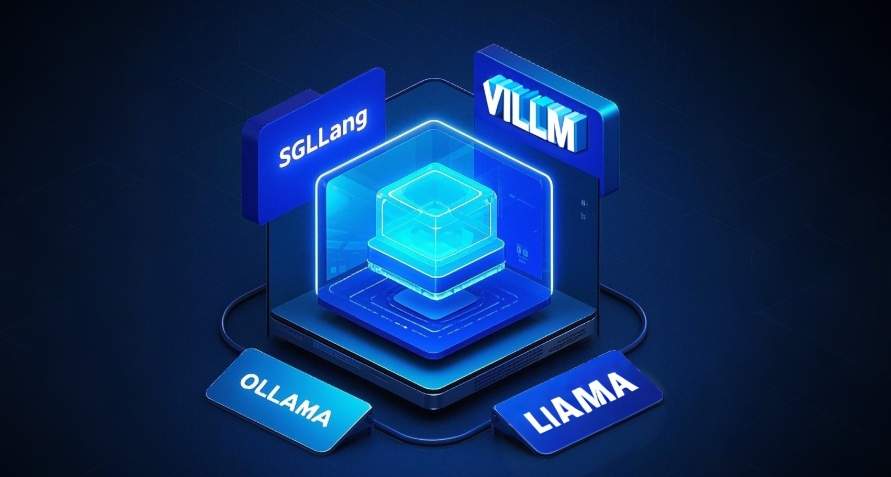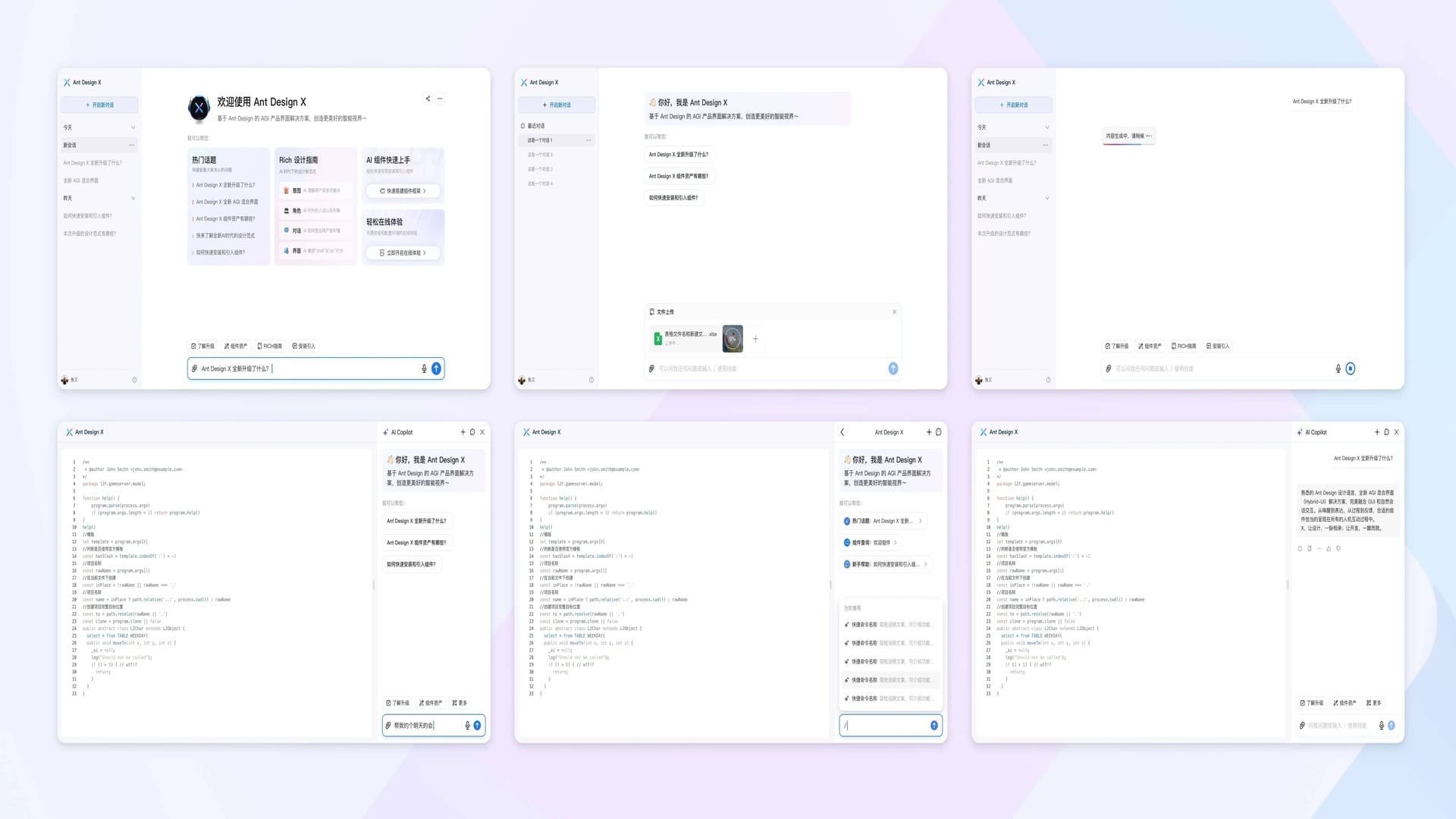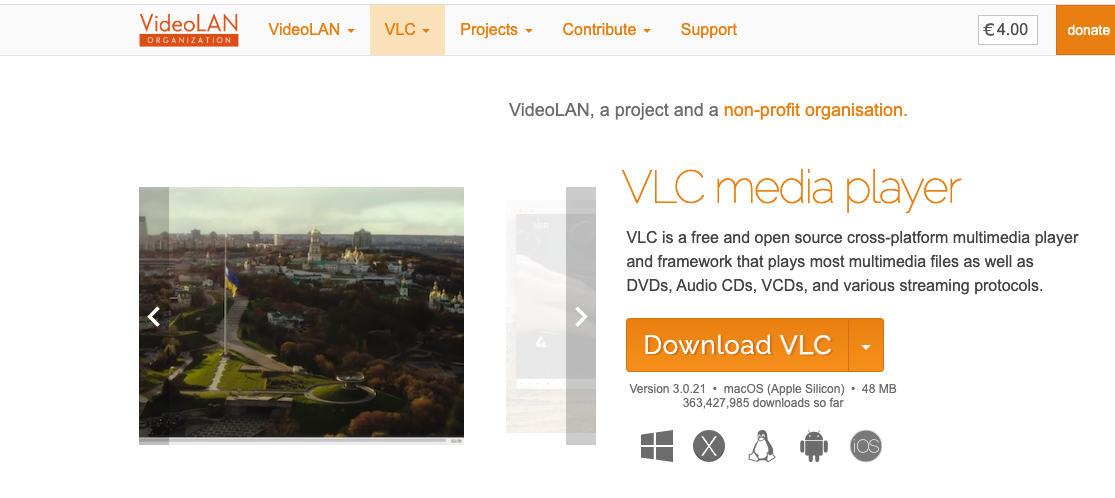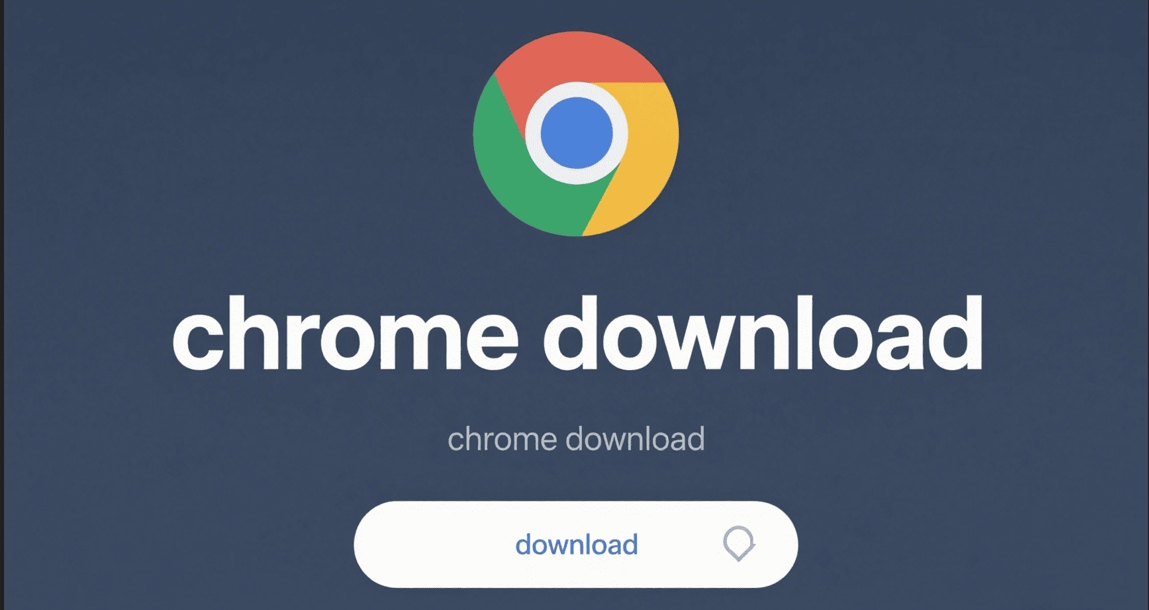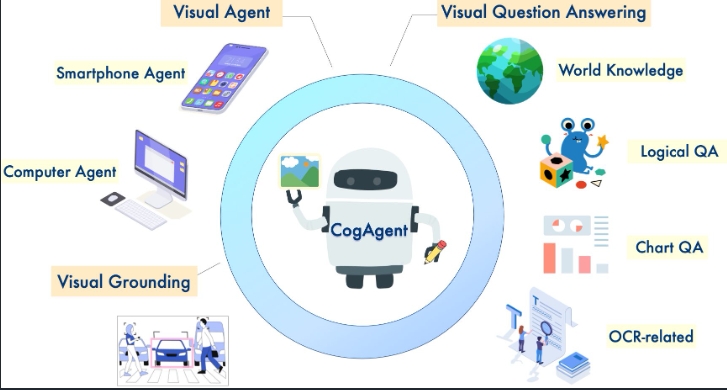LangChain Open Canvas: A Self-Hosted Alternative to OpenAI Canvas
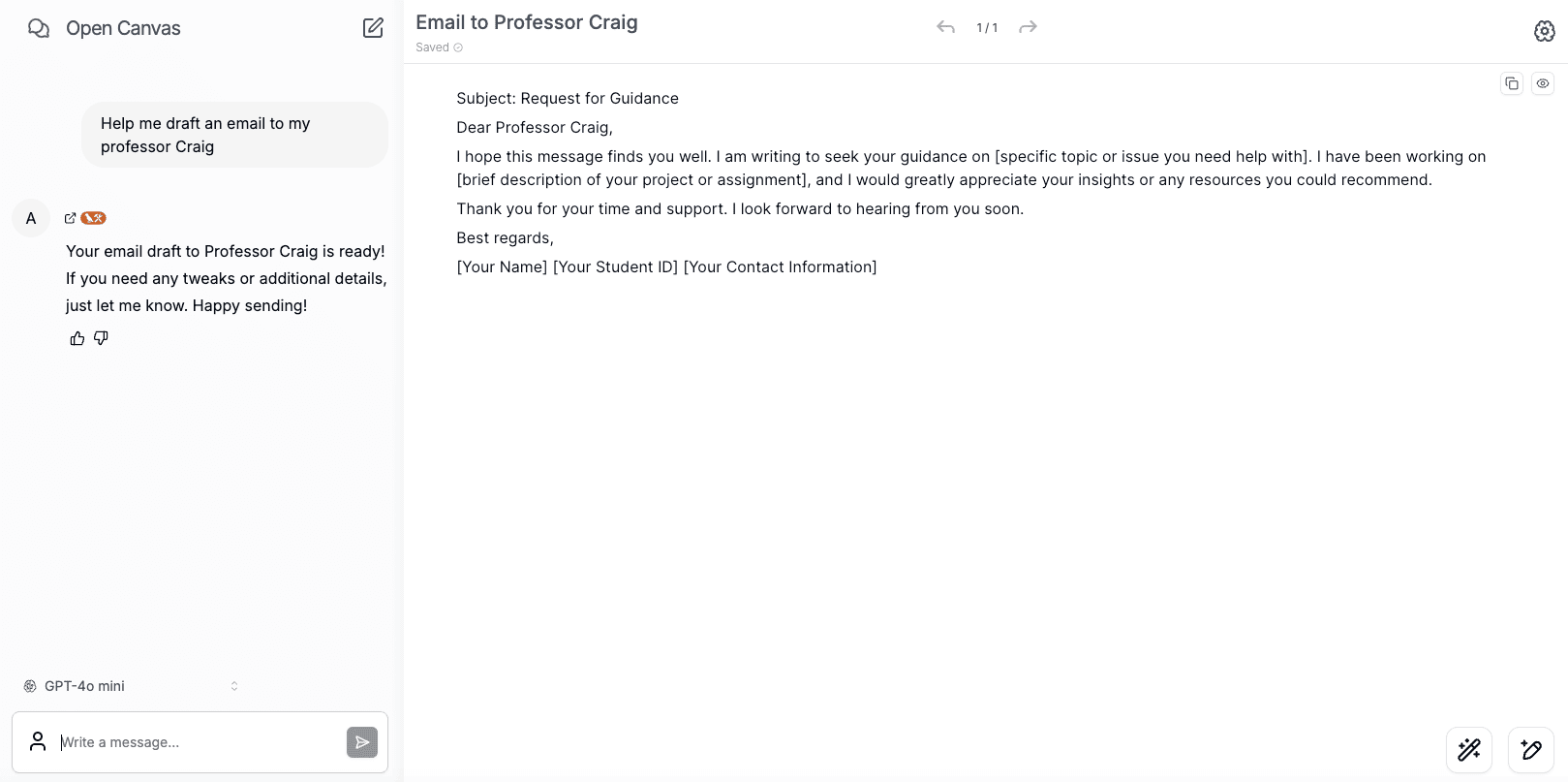
Introduction
In today’s rapidly evolving AI landscape, efficiently leveraging Large Language Models (LLMs) for writing and programming has become a crucial challenge. LangChain Open Canvas, as an open-source AI collaboration platform, offers excellent user experience and rich features, making AI-assisted creation simpler and more efficient.
This article will detail the core features of LangChain Open Canvas and guide you through private deployment.
💡 If you’re looking to build your own AI-assisted writing and programming platform, LangChain Open Canvas is an ideal choice.
Why Choose LangChain Open Canvas?
LangChain Open Canvas offers these outstanding advantages:
- 🔓 Fully open-source, MIT licensed
- 💭 Built-in memory system
- 📝 Support for starting from existing documents
- 🔄 Version control support
- 🛠️ Custom quick actions
- 📊 Real-time Markdown rendering
- 💻 Code and document editing support
Core Features
| Feature Module | Key Capabilities |
|---|---|
| Smart Memory System | • Automatic reflection and memory generation • Cross-session personalization • History-based response optimization |
| Quick Action Support | • Custom persistent prompts • Pre-configured writing/programming tasks • One-click triggers |
| Document Version Control | • Complete version history • Instant version rollback • Document evolution tracking |
| Multi-format Support | • Real-time Markdown preview • Code editor integration • Mixed content editing |
System Requirements
Requirements for deploying Open Canvas:
| Requirement | Description |
|---|---|
| Package Manager | Yarn |
| LLM API | OpenAI, Anthropic, etc. |
| Authentication | Supabase |
| Runtime | Node.js 18+ |
| Memory | 4GB+ |
Online Demo
Basic Installation
1. Clone Repository
git clone https://github.com/langchain-ai/open-canvas.git
cd open-canvas2. Install Dependencies
yarn install3. Environment Setup
Create .env file:
cp .env.example .envConfigure essential environment variables:
# LLM API Keys
OPENAI_API_KEY=sk-xxx
ANTHROPIC_API_KEY=sk-xxx
# Supabase Configuration
NEXT_PUBLIC_SUPABASE_URL=your-project-url
NEXT_PUBLIC_SUPABASE_ANON_KEY=your-anon-key
# LangGraph Configuration
LANGSMITH_API_KEY=ls-xxxAuthentication Setup
1. Supabase Configuration
- Create a Supabase project
- Configure authentication providers:
- Enable Email authentication
- Optionally configure GitHub/Google login
- Copy project URL and API keys
2. Verify Configuration
# Start development server
yarn dev
# Visit http://localhost:3000 to test loginLangGraph Service Setup
1. Install LangGraph CLI
Follow the installation guide in the LangGraph documentation.
2. Start Service
LANGSMITH_API_KEY="your-key" langgraph up --watch --port 543673. Verify Status
Visit http://localhost:54367/docs to check API documentation.
LLM Model Configuration
Open Canvas supports various LLM models:
1. Online Models
# Supported Models
- Anthropic Claude 3 Haiku
- Fireworks Llama 3 70B
- OpenAI GPT-42. Local Ollama Models
Enable local model support:
# .env configuration
NEXT_PUBLIC_OLLAMA_ENABLED=true
OLLAMA_API_URL=http://host.docker.internal:11434Practical Features Configuration
1. Custom Quick Actions
// Add in src/config/quickActions.ts
export const customQuickActions = [
{
name: "Optimize Code",
prompt: "Please optimize this code for performance and readability:",
type: "code"
}
];2. Memory System Configuration
memory:
enabled: true
maxTokens: 2000
relevanceThreshold: 0.8Performance Optimization Tips
- Use production-grade LLM APIs
- Configure appropriate caching strategies
- Optimize frontend resource loading
- Use CDN for static assets
Summary
Open Canvas provides a feature-complete AI-assisted creation platform. Through this deployment guide, you can quickly set up your own private environment. Its open-source nature and rich features make it an ideal choice for team collaboration.
References
More Articles
![OpenAI 12-Day Technical Livestream Highlights Detailed Report [December 2024]](/_astro/openai-12day.C2KzT-7l_1ndTgg.jpg)

